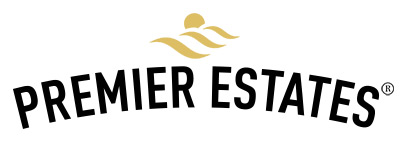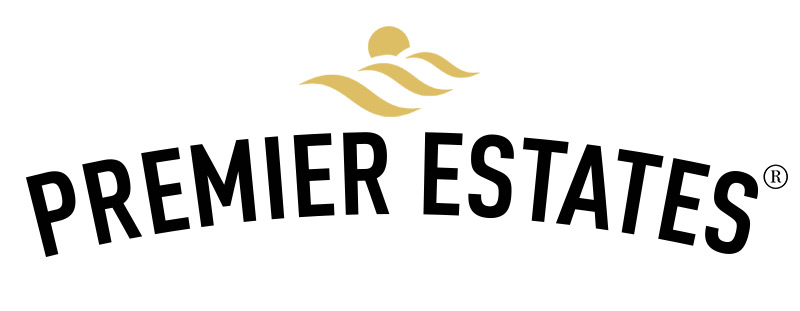The Language of Sparkling Wine

Ever been confused by the wording on a sparkling wine bottle? Well, be confused no more!
At Premier Estates Wine we are well aware that sometimes it can seem as if the sparkling wine industry has its own language and we are often asked questions by customers about the meaning of various wine associated terms used on bottle labels, so we thought it might be useful to put together a glossary of some of the more commonly used terms starting with those concerning sparkling wines.
Having a little knowledge about a specific product can also help to reassure you that you’re making a good choice when selecting a particular sparkling wine. Here are some of the more common terms we are frequently asked about:
- Appellation – This term defines the area of a country where the grapes were grown to make a particular wine. For instance, in the case of Prosecco, the appellation is the Veneto region of North Eastern Italy.
- Cuvée - A term that describes a bottle of sparkling wine made with a blend of different wines, often to the winemaker’s closely guarded secret recipe.
- Decanting - A term referring to the removal of sediment from wine before consuming. After allowing the sediment to settle at the bottom of the bottle by standing it upright for 24 hours, the wine is poured carefully to ensure that the sediment remains in the bottle.
- Depth – When used in reference to a sparkling wine, a wine taster is describing the complexity and concentration of different flavours, such as, “a wine with excellent and uncommon depth”.
- Extra Brut – Not to be confused with the term “Extra Dry”, this term describes the driest wines available. Also referred to as “Brut Sauvage”.
- Extra Dry - A medium point between sweet and dry sparkling wines, these particular wines are only slightly dry and are commonly confused with “Extra Brut” wines whereas there is actually a very marked difference.
- Frizzante – An Italian term referring to sparkling wines that are only slightly fizzy.
- Grand Cru – This term refers to a sparkling wine made from grapes sourced from the highest-quality vineyards.
- Nonvintage - This term is used to describe a sparkling wine produced from a blend of grapes harvested in different years and thus having no one particular vintage year. It can be denoted with the abbreviation "NV" on a bottle and this is what usually prompts the question.
- Pink Fizz – This expression has become more and more common in recent years and is used to refer to any type of rosé sparkling wine whether it’s an Italian Grand Rosé, a Spanish Rosado Cava or a Rosé Champagne.
- Rosado – A Spanish term used when describing a rosé Cava sparkling wine.
- Spumante – An Italian term referring to sparkling wines that are very fizzy, for want of a better expression.
- Vintage – Although this term is fairly well used when it comes to discussing sparkling wine, it is often misinterpreted. We are not referring to aged wine here, we are simply referring to a sparkling wine produced from a single year of grapes, so the “vintage” of a wine could be 2015 or it could be 1973. When referring to a “good vintage”, a wine maker is just referring to a year when the grape harvest was particularly good, yielding a very high quality crop of grapes.
Hopefully, this short glossary will help to shed some light on the sometimes mysterious terms on a wine label and help our customers to understand a little more about the wine they purchase from our amazing range at Premier Estates Wine.
We believe that if we can better inform our customers then they will make better selections when choosing their wine and are therefore more likely to enjoy their initial purchase and will become repeat customers.
Enjoy your wine!

